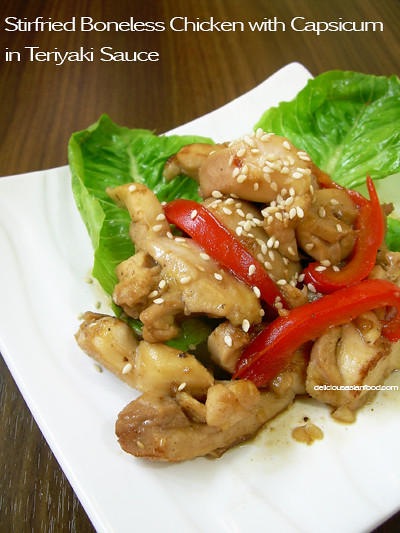Other than BBQ, my summer favorite has got to be shaved ice—a thirst quencher and lovely dessert for the hot summer days. Shaved ice is very popular in Malaysia; called Ice Kacang (in Penang) or simply ABC elsewhere in Malaysia, it’s a popular dessert commonly sold by street vendors. In a hot and humid country like Malaysia, nothing beats the icy cold and pleasant dessert that soothes the throat and cools down the body. Plus, everyone loves the sweet-tasting shaved ice, with numerous toppings such as red beans, creamy sweet corn, grass jelly, attap chee (palm nuts), etc. You can also add ice cream, fruits, peanuts, and/or raisins…
The version I made this afternoon is the most common ones found in Penang. I would have used some palm sugar or gula melaka to flavor the ice kacang but I ran out of it. As a result, I used dark brown sugar instead, and added a little red coloring as ice kacang is always red in color.
Shaved ice has certainly become more popular in the United States now, with Chinese (Taiwanese) dessert shops sprouting all over Chinatown or Asian suburbs. It’s a great alternative to the likes of frozen yogurt, ice cream, or sorbet. Try it out!
Ice Kacang (ABC) / Malaysian Shaved Ice Recipe
2 cups ice cubes or crushed ice
Syrup
1/4 cup dark brown sugar
1/3 cup water
3 drops red coloring, optional
Toppings:
2 tablespoons condensed milk or evaporated milk
2 tablespoons canned red beans, in kernels
2 tablespoons canned sweet corn, cream-style
2 tablespoons grass jelly pieces
Attap chee (palm nuts), optional
Method:
- Add all the ingredients in the Syrup in a small sauce pan. Heat it up over medium heat. As soon as the sugar melts and the syrup starts to bubble, turn off the heat. Set aside and let cool.
- Prepare the shaved ice by using a blender. Make sure the ice is completely shaved.
- Transfer the shaved ice to a bowl and add 2 tablespoons syrup, follow by all the ingredients in the toppings. Serve immediately.
- The syrup is enough for two servings of ice kacang.
- Every country in Asia seems to have their own version of shaved ice. This is the version I grew up eating in Penang, Malay





